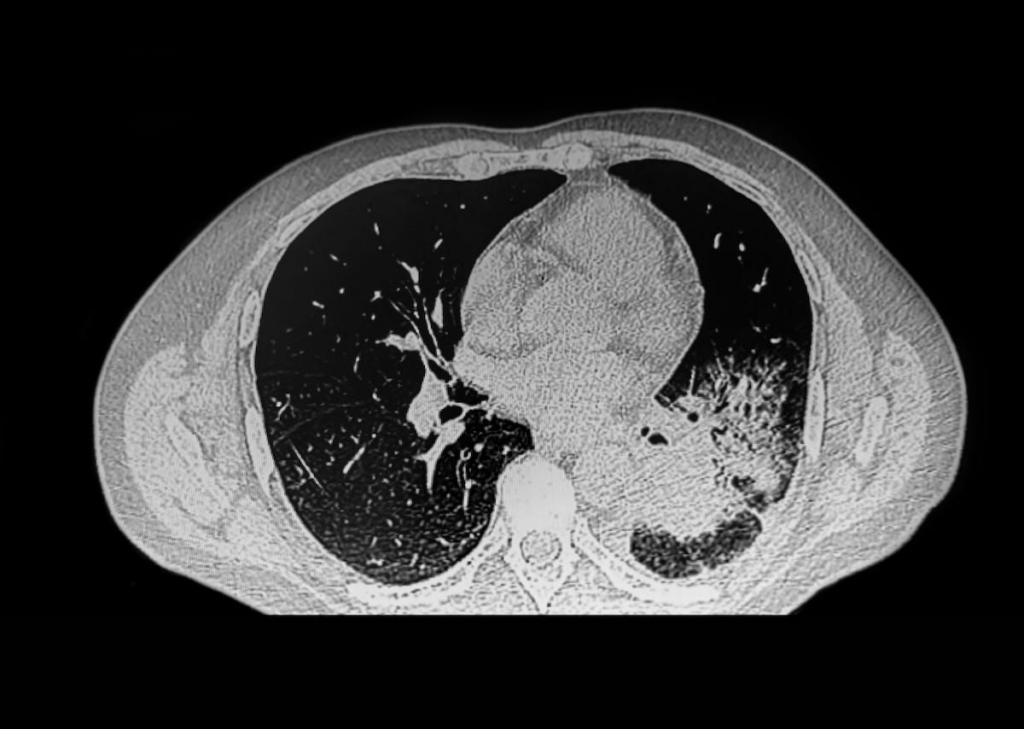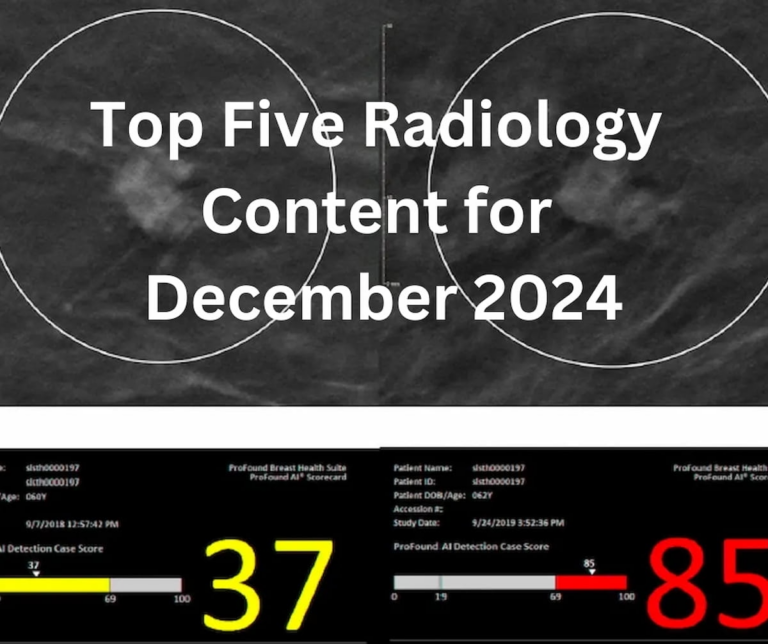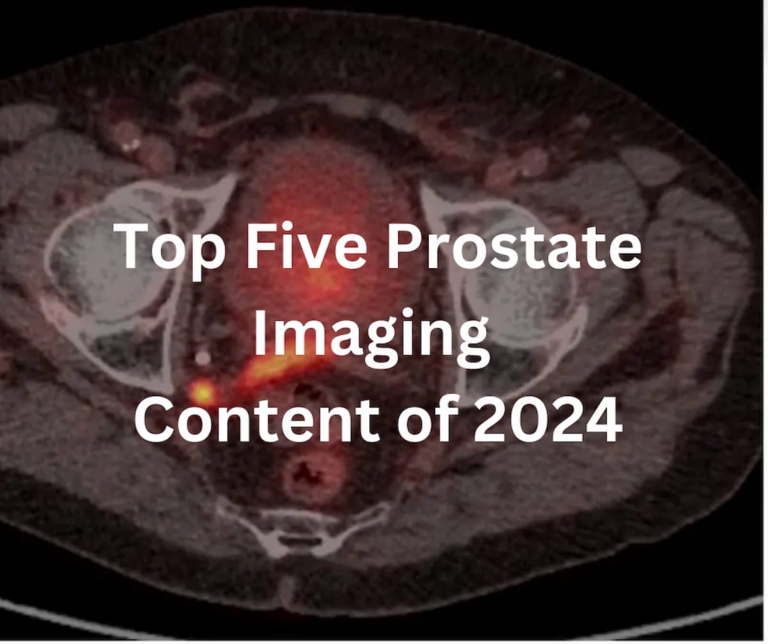
A recent study published in the Journal of the American College of Radiology sheds light on the consensus between radiologists and referring clinicians regarding recommendations for follow-up imaging. The research reviewed over 9,400 cases, focusing on the degree of agreement surrounding future imaging needs for patients. Despite a generally high level of agreement, notable patterns of divergence were observed, particularly with certain specialties and imaging types.
The researchers employed a PACS-integrated tool to evaluate how often radiologists and referring clinicians agreed on follow-up imaging in the 9,406 cases studied, with patients averaging an age of 61.5 years. A substantial 88.6 percent of these cases, or 8,331, reflected a consensus between the two medical groups. However, a discrepancy emerged with surgeon referrers, who were 27 percent less likely to align with radiologists’ recommendations on follow-up imaging. Conversely, referring clinicians were 41 percent more likely to agree with thoracic radiologists.
This higher agreement with thoracic radiologists was not unexpected, as the frequent occurrence of incidental pulmonary nodules and their association with follow-up computed tomography (CT) examinations played a significant role. Thoracic radiologists often handle critical cases involving lung nodules, findings that can indicate lung cancer, one of the leading causes of cancer death in the United States. Most follow-up evaluations for such concerns are time-efficient and do not require intravenous contrast, making them more agreeable to referring clinicians. Moses Flash, M.D., from the Department of Radiology at the Hospital of the University of Pennsylvania, led the study and explained that there is a tendency to concur with radiologists when a possibly suspicious chest finding necessitates further examination.
The study also looked into the types of follow-up imaging that radiologists recommended. Magnetic resonance imaging (MRI) was suggested in 38 percent of cases, CT scans in 33.7 percent, and ultrasounds in 18 percent. However, agreement rates dipped when it came to recommendations for follow-up with nuclear medicine imaging.
Recommendations for nuclear medicine, including PET-CT, had a 36 percent lower agreement rate between radiologists and referring clinicians. Factors influencing this disagreement could include the costs involved, the length of these exams, and the accessibility of necessary radiopharmaceuticals. Flash and his colleagues theorize that these logistical and financial hurdles might lead providers to opt for other imaging modalities that are quicker and less costly, especially if they have faced availability challenges previously.
While overall agreement was strong, the study highlighted that factors such as race, ethnicity, language, or socioeconomic status did not significantly influence the consensus on follow-up imaging recommendations. Nevertheless, the authors of the study acknowledge the need for more research into how social determinants of health might impact such medical decisions.
It’s important to note that the findings are based on a retrospective analysis from a single center and predominantly involved non-Hispanic White patients. The researchers caution against generalizing these findings to a broader population, especially since subspecialty-trained radiologists provided the follow-up imaging recommendations analyzed in this study.


